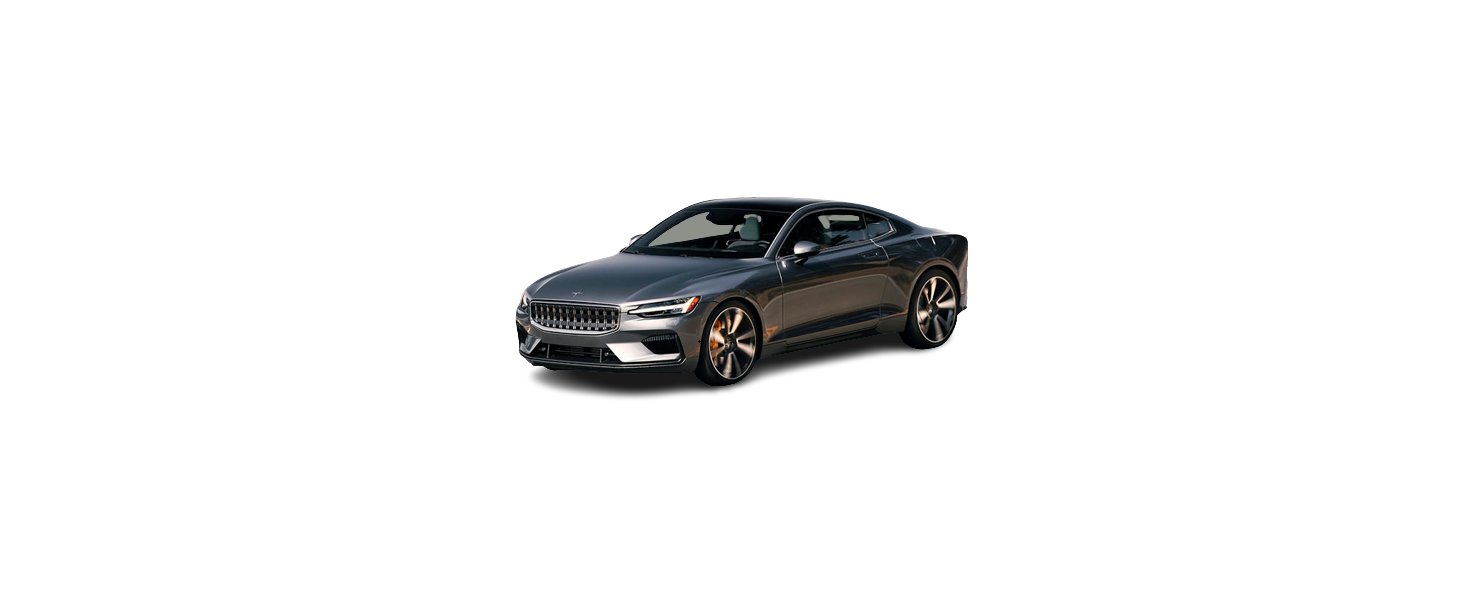At the workshop, your service technician can connect your vehicle to the workshop’s Wi-Fi network to perform troubleshooting and download software. For this type of communication, the vehicle only connects to a workshop’s network. It is not possible to connect the vehicle to another Wi-Fi network (e.g. your home network) in the same way as to a workshop’s network.
Connecting to the Internet using the key
Connection is usually managed by the service technician, who will use the key buttons. It is therefore important to bring a key with buttons with you when you visit the workshop. Pressing the lock button on the key three times will connect the vehicle to the workshop’s Wi-Fi network.
When the car is connected to a Wi-Fi network, the symbol appears in the center display.
The vehicle may not be driven when it is connected to the workshop’s networks and systems.






